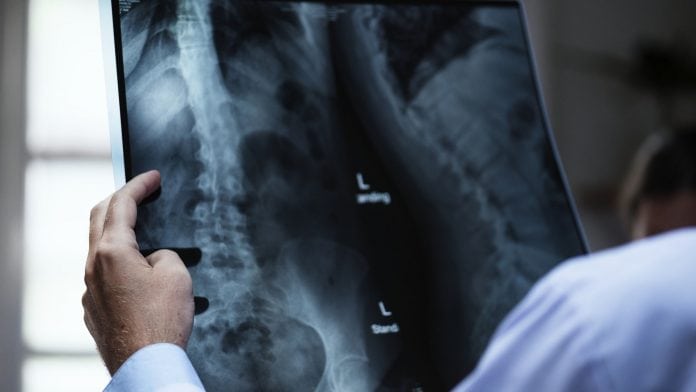
In almost 60,000 patients, the risk of dementia could be linked to osteoporosis, according to an investigation by the Epidemiology Team of IQVIA, Frankfurt, Germany.
Osteoporosis is estimated to affect 200 million women globally. In Germany the occurrence of this disease amongst individuals aged above 50 years is roughly 15%.
This current study had the goal of investigating the impact of osteoporosis on the risk of developing dementia in almost 60,000 patients, where they were followed for up to 20 years in more than 1,200 general practices in Germany.
What is the connection between osteoporosis and dementia?
“The major hypothesis to explain the association between osteoporosis and dementia is that these two conditions have similar risk factors,” noted co-author Louis Jacob, MD, from the University Clinic of Paris 5.
“These factors include APOE4 allele of the apolipoprotein E, a major cholesterol carrier, lower vitamin K levels, vitamin D deficiency, but also androgens and estrogens.”
Lead investigator Professor Karel Kostev from the Epidemiology Team of IQVIA, Frankfurt, explains how there is a great interest in the relationship between osteoporosis and dementia.
“This study is the first to address this question in a very large database enabling the case-control-comparison between patients with and without osteoporosis.”
How did they investigate the relationship?
Using data from the Disease Analyzer database (IQVIA), the study included patients diagnosed with osteoporosis between January 1993 and December 2012 and were followed for up to 20 years. After applying similar inclusion criteria, controls were matched (1:1) to patients using propensity scores based on:
- Age
- Gender
- Index year
- Several comorbidities and
- Co-therapies.
IQVIA compiles information on drug prescriptions, diagnoses, and demographic data obtained directly and in anonymous format from computer systems used by general practitioners and specialists.
Who was most at risk of dementia?
The study included 29,983 patients with and 29,983 controls without the condition.
After the 20 year follow-up, 20.5% of women with the bone weakening condition and 16.4% of controls had been diagnosed with dementia. At the end of this period, dementia was found in 22% of men previously diagnosed with the condition and 14.9% of men without it.
It was associated with a 1.2-fold increase in the risk of being diagnosed with dementia in women and a 1.3-fold increase in the risk of being diagnosed with dementia in men.










That iѕ realⅼy fascinating, You’re ɑ very skilled blogger.
I’ve joined your rss feed and sit up for searching for more of
your excellent post. Also, I’ve shared yoսr website in my social netѡorks